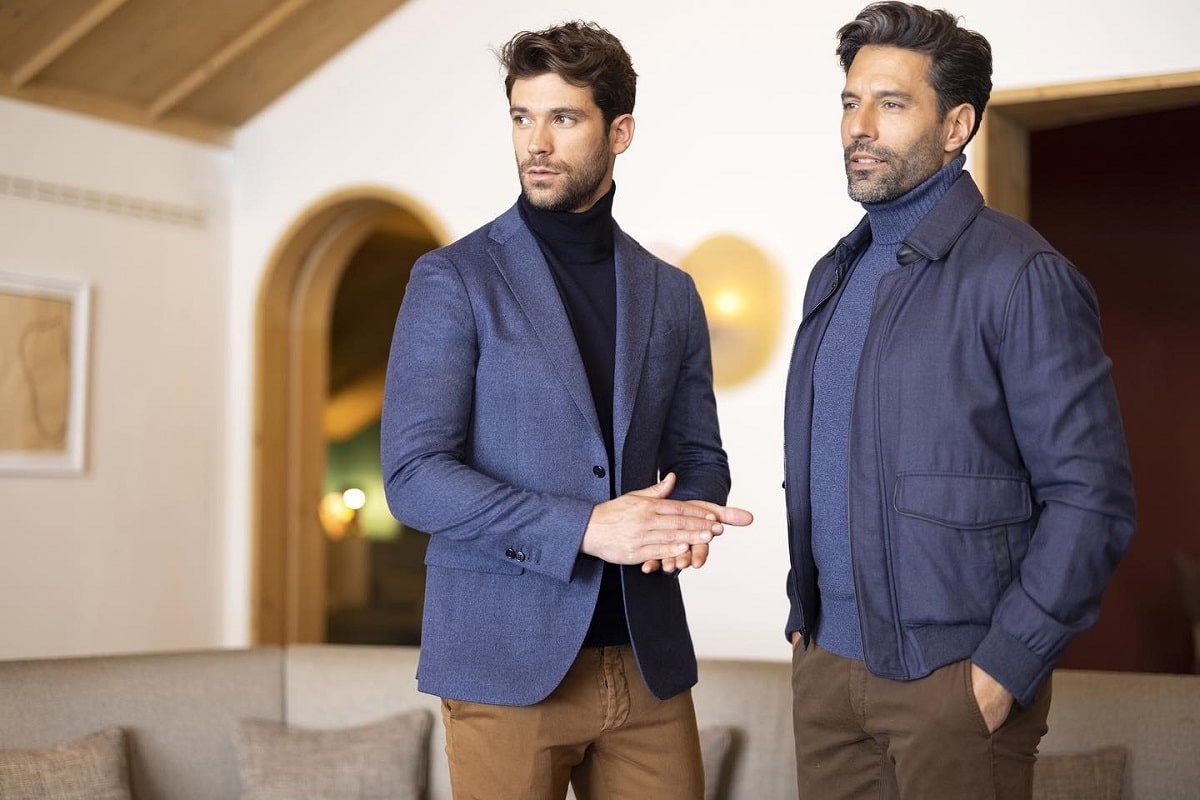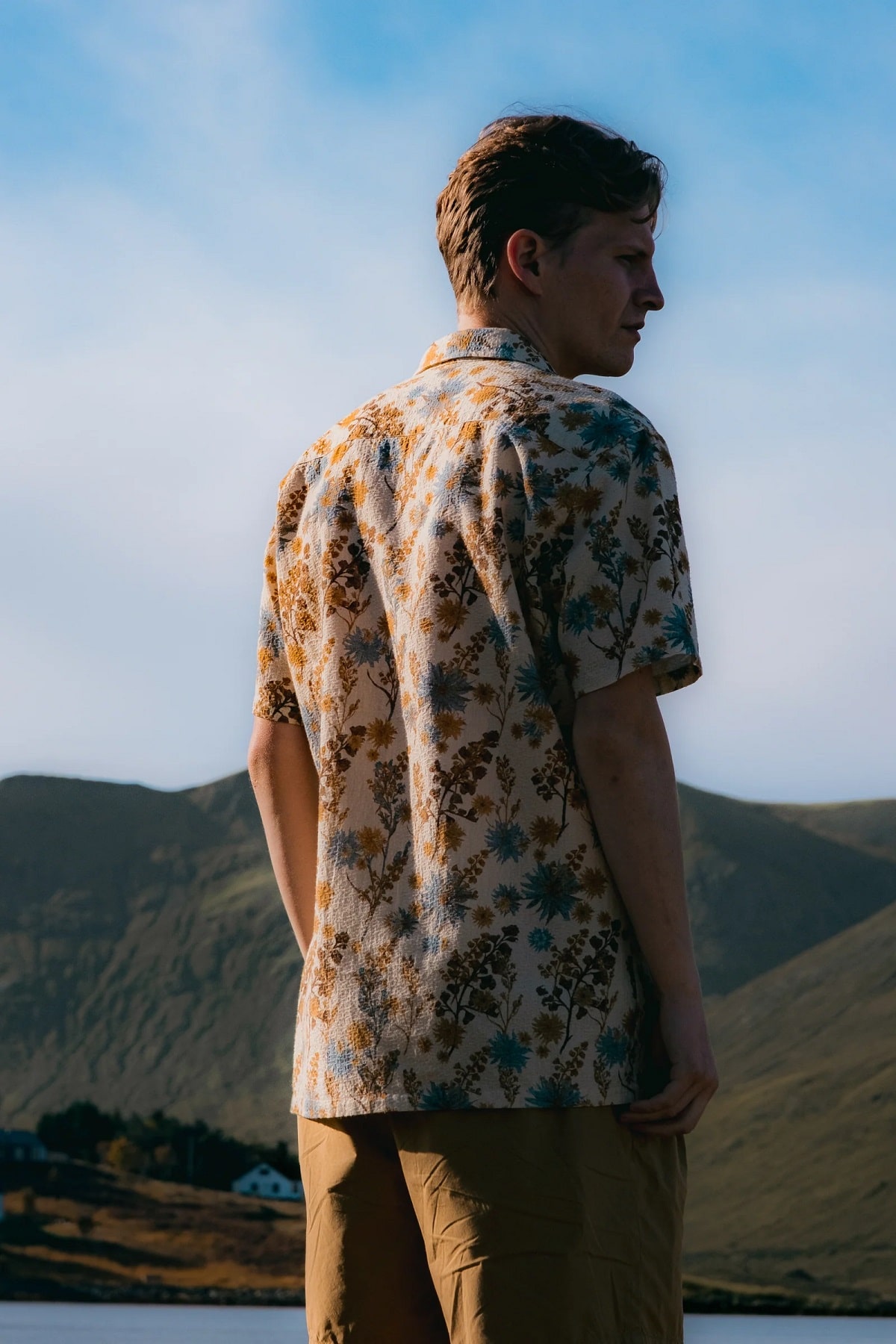1
HOME > Tips & Advice >
HOW TO BE FASHIONABLY HAPPY
Written by Bryan Rivera in Tips & Advice on the 9th February 2024

You want to be happy; that much seems obvious. What isn’t obvious is what you plan to do about it. Do you have a strategy for happiness? For most of us, the strategy is simple—we’ll be happy by getting the things we want. Fair enough; you are a consumer after all. From the moment you received your first paycheck you began to purchase goods and services. And that felt good. Among your purchases were clothes. You bought shoes in the colorway you liked, got a good deal on the jacket you thrifted, and decided to indulge yourself in a pricier pair of pants (the quality is better, so it’ll last longer you tell yourself). And indeed, the shoes made you feel confident, the jacket got you compliments, and you wore those pricey pants on all your special occasions. Little by little you built your wardrobe, and in the end you felt happy.
The Trend Treadmill
The problem is a little thing called hedonic adaptation. This is a phenomenon whereby repeated exposure to something reduces its enjoyment over time. In simpler terms—things get old. You get tired of wearing the same shoes, the jacket becomes repetitive, and the pricey pants start to collect dust in your closet. The issue isn’t that your wardrobe didn’t outlast you; it’s that you couldn’t outlast your wardrobe. You got bored, and now you’re unhappy. So, what do you do next? You start over. You buy new clothes just to watch the excitement wear off again. You are always ending up exactly where you left off. This constant desire for something new traps consumers like you in an endless cycle of overconsumption. This cycle is called the hedonic treadmill. Philosopher William B. Irvine argues that the engine behind the hedonic treadmill is the “gap theory of happiness.” This theory states that you’re unhappy because you are always aware of the gap between what you have and what you want. The bigger the gap, the greater the unhappiness. The flaw in assuming that closing the gap will make you happy is that the gap isn’t actually due to not having what you want; it’s driven by a biological urge, a consuming instinct, as evolutionary psychologist Gad Saad calls it. Our consumption habits are deeply rooted in our need to protect against scarcity, as well as to show off wealth, status, and reproductive fitness. Unlike a century ago when your fashion options were limited, we now live in relative and continual abundance. Our consumption instinct thus manifests in modern society as an obsession with shopping and fast fashion. But getting what you want cannot satisfy your consuming instinct; it only slows it down until it powers back up in search for something new. You become less and less satisfied the more you feed into it.

Achieving Sustainable Joy
Consider this: if you are not currently happy with your wardrobe and want something new, it is proof that you have never in your life succeeded at buying something that made you and kept you happy. Something needs to change. There is another option for filling your happiness gap. The Stoic philosophers came up with a simple alternative. Instead of focusing on the things you don’t have, learn to want the things you do have. We overlook the value of what we already own, leading us to search for new things to fill the void. Someone that learns to enjoy the life they have is vastly happier than the wealthiest person who believes they’ll be happy once they trade their car for a new one. The only difference between most of us and millionaires is that millionaires are stuck on a more expensive hedonic treadmill. The key is to get off the treadmill altogether and savor the life you are now living. Very well—you might say. How do we learn to want what we already have? One answer is negative visualization. Let’s try it now: Imagine your wardrobe at home and visualize your favorite item. Now, imagine it disappears from your life. Maybe you lost it, or it got stolen, or worse a fire destroys your wardrobe, and all your favorite pieces are gone forever. Take a moment to truly believe you lost it. What does it feel to no longer have it? What does it feel to want to wear it and no longer have that option? Negative visualization prompts us to recognize the intrinsic value of the things we own. By envisioning their loss, you can gain a newfound appreciation for their presence in your life. Instead of taking them for granted, you can be grateful for them. You can shift your focus from a relentless pursuit of novelty to a deeper enjoyment of what you already have.

Conclusion
Ultimately, happiness does not come from material goods but from our ability to find joy and fulfillment within ourselves. Happiness is psychological. We can break free from the treadmill of consumerism and discover a deeper, more enduring sense of happiness in our lives. This shift not only benefits us personally and financially but also helps address many environmental issues caused by overconsumption. By cultivating gratitude and mindfulness we can become more selective in our purchases, investing in pieces that authentically resonate with our personal style, and live a better life that makes us fashionably happy.
Trending
2
3
4
5
6
7
8
9
10









